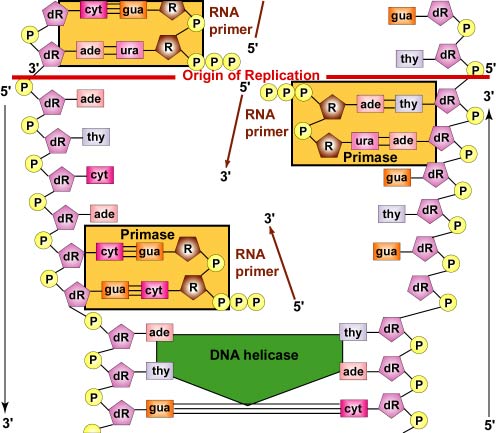Fig. 10: DNA Replication by Complementary
Base Pairing: Producing an RNA Primer

DNA polymerases cannot begin
a new DNA chain from scratch. They can only attach new nucleotides onto 3' OH
group of a nucleotide in a preexisting strand. Therefore, to start the synthesis
of the leading strand and each DNA fragment of the lagging strand, an RNA polymerase
complex called a primosome or primase (not shown here) is required. The primase,
which is capable of joining RNA nucleotides without requiring a preexisting strand
of nucleic acid, first adds several comlementary RNA nucleotides opposite the
DNA nucleotides on the parent strand. This forms what is called an RNA primer.
The free ribonucleoside triphosphates
line up by complementary base pairing with the nucleotides on each parent strand
of the unwound DNA in the replication fork and are then joined together by the
primase.
Illustration of DNA Replication by Complementary
Base Pairing: Producing an RNA Primer.jpg by Gary E. Kaiser, Ph.D.
Professor of Microbiology,
The Community College of Baltimore County, Catonsville Campus
This work is licensed under a Creative Commons Attribution 4.0 International License.
Based on a work at https://cwoer.ccbcmd.edu/science/microbiology/index_gos.html.

Last updated: Feb., 2021
Please send comments and inquiries to Dr.
Gary Kaiser

